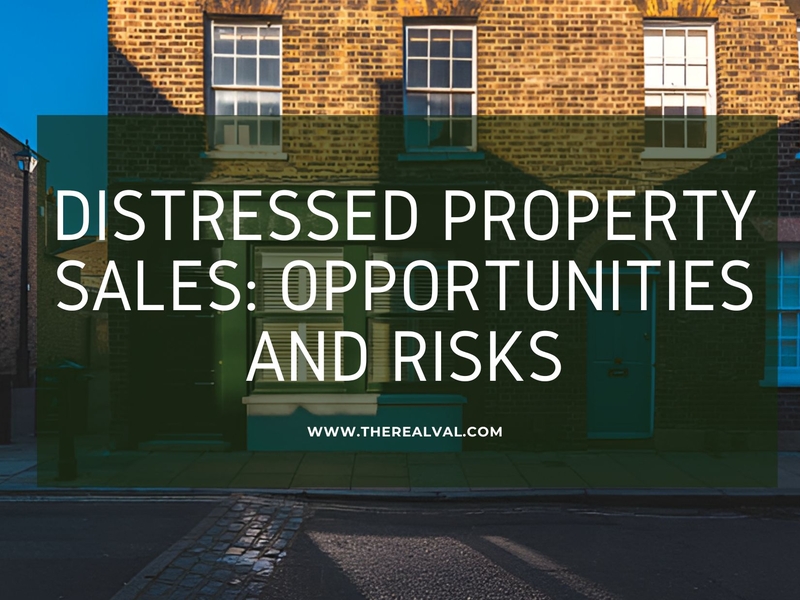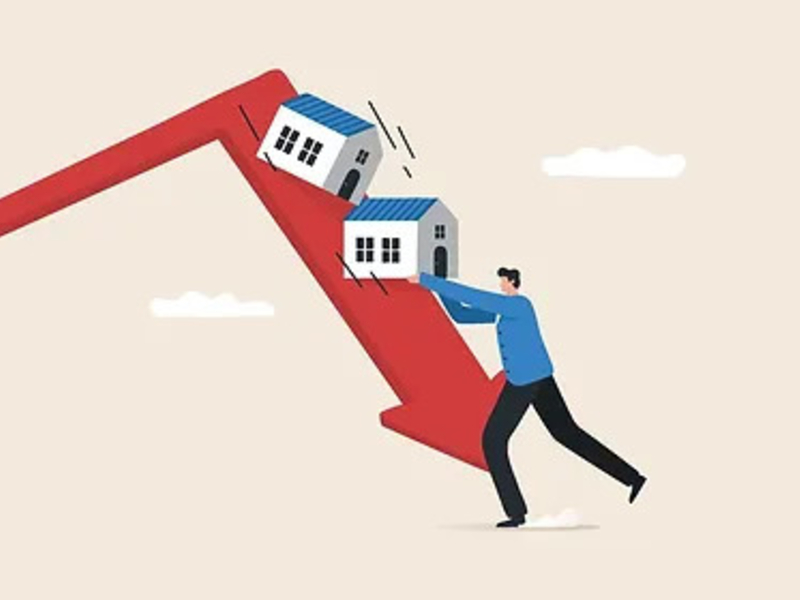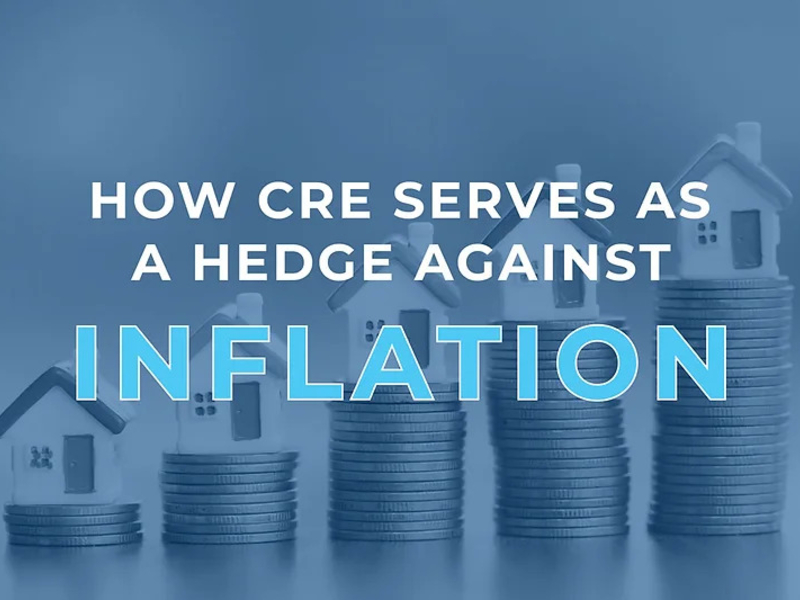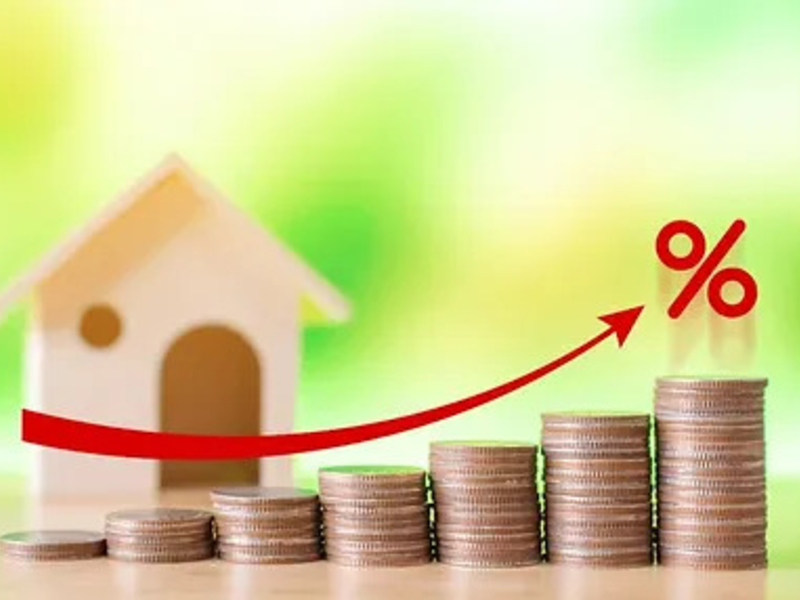Distressed property sales can present exciting opportunities for investors, homebuyers, and real estate professionals alike. Since these properties are typically sold below market value, often due to reasons like foreclosure, financial hardship, or bank repossession; they have the potential to offer significant returns. However, they’re not without their challenges and risks.
A distressed property refers to a residential or commercial real estate asset that's being sold due to financial strain. This often happens when the owner can no longer keep up with mortgage payments; which results in scenarios like foreclosure, short sales, or auction-based sales.
Why Distressed Properties Matter in Today’s Market?
With interest rates climbing, loan delinquencies on the rise, and growing uncertainty in the market, distressed real estate sales are gaining momentum. In fact, data from ATTOM Data Solutions shows that foreclosure filings in the U.S. rose by more than 10% year-over-year in early 2025- which is an indicator that more distressed properties may be hitting the market soon.
Types of Distressed Property Sales
- Foreclosures: These occur when a borrower defaults on their mortgage, prompting the lender to repossess the property and sell it to recover the outstanding debt.
- Short Sales: In a short sale, the lender permits the homeowner to sell the property for less than what’s owed on the mortgage, typically to avoid foreclosure.
- REO (Real Estate Owned) Properties: These are properties that did not sell at foreclosure auctions and are now owned by the bank or lender.
- Auctions: Distressed properties may be sold at public auctions, often requiring buyers to make quick, cash-only purchases with limited opportunity for inspections.
Key Opportunities in Distressed Property Investment
- Below-Market Purchase Prices: Distressed properties are typically listed at 10–30% below market value, giving buyers an opportunity to build instant equity.
- High Return on Investment: For investors focused on flipping or rental income, distressed properties offer the chance for strong profit margins—especially when renovation or value-add strategies are applied.
- Reduced Buyer Competition: Because of the complexity and risks involved, distressed properties often attract fewer traditional homebuyers. This gives experienced investors a competitive edge in securing deals.
- Potential Tax Benefits: Investors may be able to leverage tax advantages such as capital gains deferral through 1031 exchanges or deductions for qualified repair and improvement costs.
Risks and Challenges
- Hidden Repair and Renovation Costs: Many distressed homes suffer from deferred maintenance, structural issues, or even code violations. Without a detailed inspection, these costs can quickly escalate.
- Legal and Title Complications: Foreclosures and short sales can come with baggage- like unclear title ownership, outstanding property taxes, or liens. Skipping due diligence can turn into costly legal trouble.
- Financing Limitations: Traditional lenders may be hesitant to finance distressed properties, pushing buyers toward cash offers or high-interest hard money loans.
- Delayed or Rigid Closings: Short sales may take months to close, while auction and REO properties can involve inflexible terms and tight deadlines, leaving little room for negotiation.
Mitigating These Risks
- Get a professional inspection whenever possible to uncover hidden issues.
- Run a full title search with the help of a title company or real estate attorney to identify legal encumbrances.
- Budget for surprises by building in a contingency fund for unexpected renovation costs.
- Work with experts- agents, attorneys, or investors who specialize in distressed property transactions.
- Know the local laws around foreclosures and distressed sales, as they can vary significantly from state to state.
Where to Find Distressed Properties?
- MLS (Multiple Listing Service): Many real estate agents specialize in REO (bank-owned) or short sale properties. Working with such professionals can help you access distressed listings before they hit broader markets.
- Auction Websites: Platforms like Auction.com, Hubzu, Xome, and even local sheriff sale websites list foreclosed or distressed properties available through public auctions.
- County Tax Records: Tax-delinquent properties are often early indicators of distress. Public tax records can help you identify these homes before they enter foreclosure.
- Bank and Lender Websites: Many financial institutions maintain online portfolios of REO properties that didn’t sell at auction. These listings are often available directly through bank websites.
- Wholesalers and Real Estate Investor Networks: Off-market distressed deals often circulate within tight-knit real estate investment communities and wholesaler lists. Networking with local investors can uncover hidden gems.
Should you Buy a Distressed Property?
If you’re comfortable with risk, have the financial resources, and can wait out longer timelines, distressed properties can offer substantial rewards; especially during periods of economic uncertainty. But without proper research and the right support, these properties can also lead to unexpected and costly setbacks.
Buying a distressed property isn’t just about scoring a deal; it is about making a calculated investment. For those willing to navigate the challenges, these properties can be a powerful tool for building long-term wealth. In the uncertain economic climate of 2025, keeping an eye on distressed listings may open doors to rare opportunities. The key is not only spotting value; but also managing the risks.
If you have a distressed property in mind and are looking for help with underwriting it with clarity and confidence; look no further! Reach out to us today at- info@therealval.com
Let's talk and walk the deals together!
Trending





